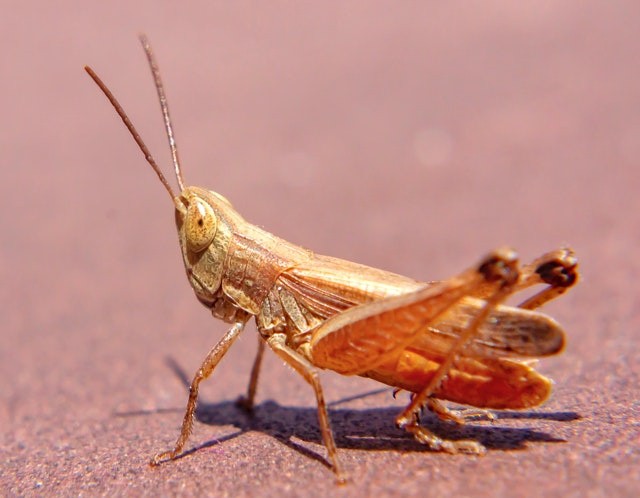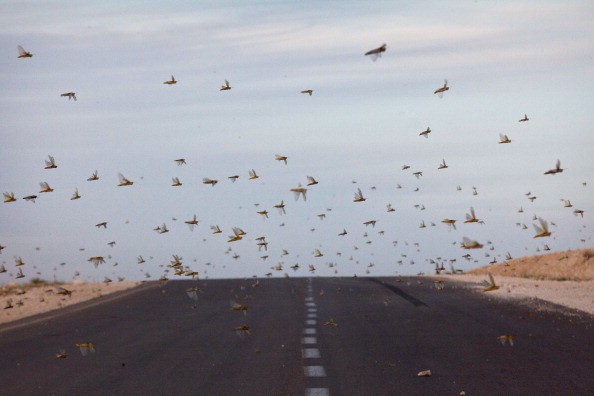The Eastern Cape and Northern Cape provinces of South Africa currently went through their longest drought in 100 years. The seven-year drought, beginning with the absence of rains in February 2013, wrought disaster on this sheep farming community. The brown locust discovered in this region mainly feeds on grass but will also eat any green plants and has been known to destroy maize fields.

Outbreak of Locust
When the summer rains eventually came in October 2020 the agriculturists had to face the outbreak of locust also. The two provinces are located within the Nama Karoo, a wide, open, arid area that is conquered by low-shrub vegetation.
In 2012, the last outbreak of locust in the region occurred, so the fascinating question is how the insects were able to survive a long drought and could still reproduce the large numbers found in the region after the rain.The answer to the question lies in the fact that the eggs can stay alive for many years in the soil with the embryos growing at distinct rates, responding to the environmental conditions.
The Female Locust and Its Eggs
The brown locust (Locustana pardalina) is a type of locust that adapts to dry environment and is endemic to South Africa. It is a dissimilar species to the swarming locusts seen in other parts of Africa. It has frequent outbreaks in the Nama Karoo region, and these outbreaks can expand into the southern parts of nearby Botswana and Namibia.
The female locust lays about 380 eggs during her life in 6-10 egg pods. The eggs are safeguarded by remaining in the soil and by possessing a foam cap. These drought-resistant eggs will stay in the soil until they get adequate moisture to hatch.
Each egg has an embryo that will ultimately come out as a hopper. As research carried out has shown, the development of the embryo is complicated. In some eggs, there's a delay in the embryo development irrespective of the moisture present, whereas in other eggs the embryo will begin development immediately moisture is available.

Swarms of Locusts Invades Lebanon After Wind Changes Direction
In Beirut, Lebanon - Army helicopters are sprinkling insecticide on agricultural land in northeast Lebanon to assist farmers in fighting swarms of locusts that flew to the country in a "very uncommon" event caused by an alteration in the direction of the wind, United Nations agency said. The agriculture ministry, which is very alert, disclose that on Monday large amount of the locusts had been destroyed.
Abbas Mortada, caretaker agriculture minister said to Reuters, there have been no increased farming losses so far but there are worries that more swarms will be carried to the south of Lebanon due to the wind.
Mortada said: "We managed in limited time to destroy large numbers but some have gotten away and there are large amounts still, mainly in the Hermel area of Marjaheen." The locusts, which threaten crops, are the current inclusion to a long list of challenges encountered by Lebanon, which is combating its worst financial issue in decades.
Related Article: Pheromone Chemical Triggers Locust Swarms and Can Be Used to Prevent Plagues
For more news, updates about locusts and similar topics don't forget to follow Nature World News!
© 2026 NatureWorldNews.com All rights reserved. Do not reproduce without permission.





